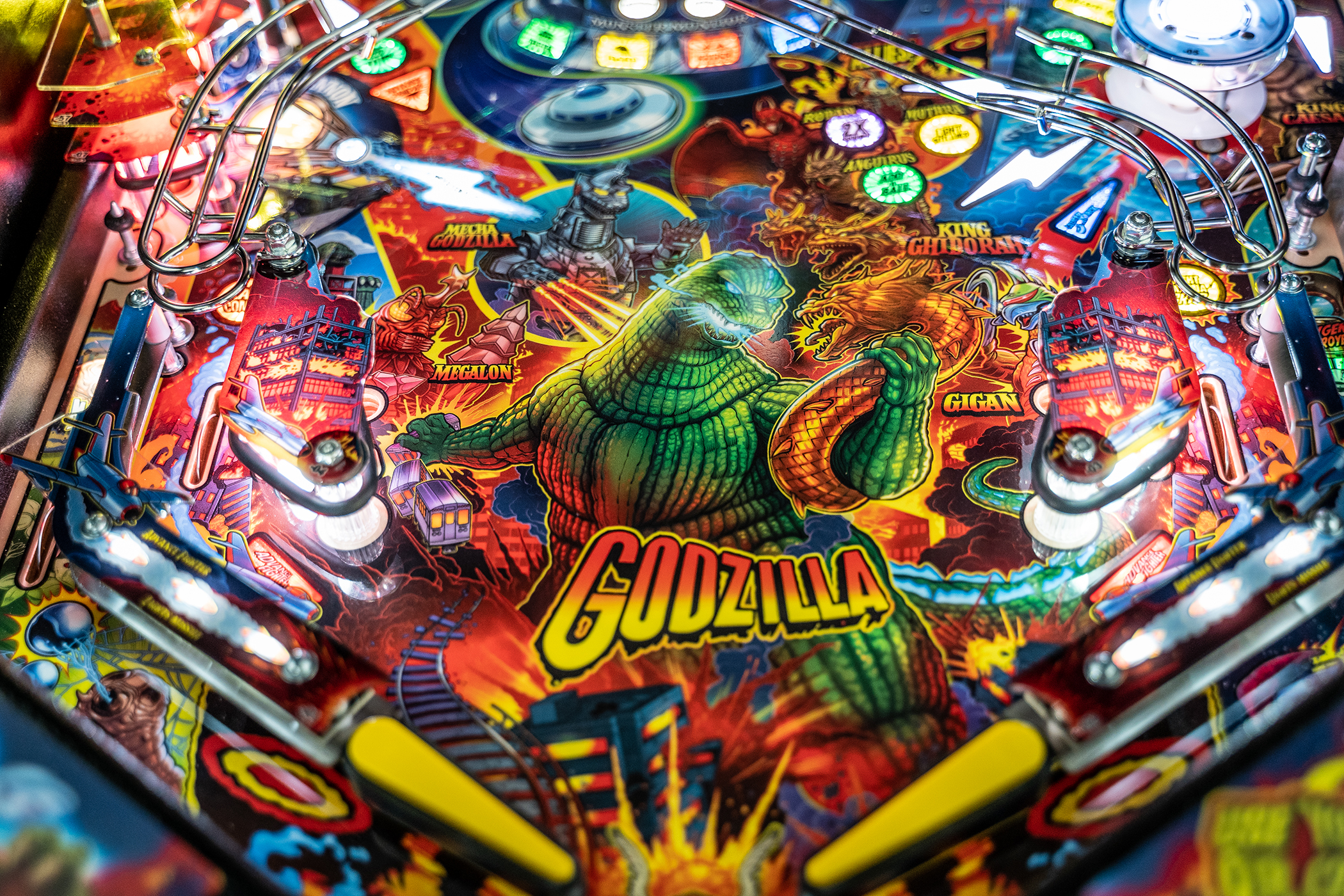Pinball may seem like a retro pastime, but in the Midwest, it’s a cutting-edge creative industry.
Chicago has been the world’s pinball epicenter ever since the game’s first heyday in the 1940s, when over 150 pinball machine makers existed.
Most manufacturers closed shop by the late nineties. But today, major companies like Stern Pinball, Chicago Gaming Company, and American Pinball continue to make machines in the Windy City.
And Midwestern artists are at the center of the action, creating games that blend story and art.
A Collaborative Craft
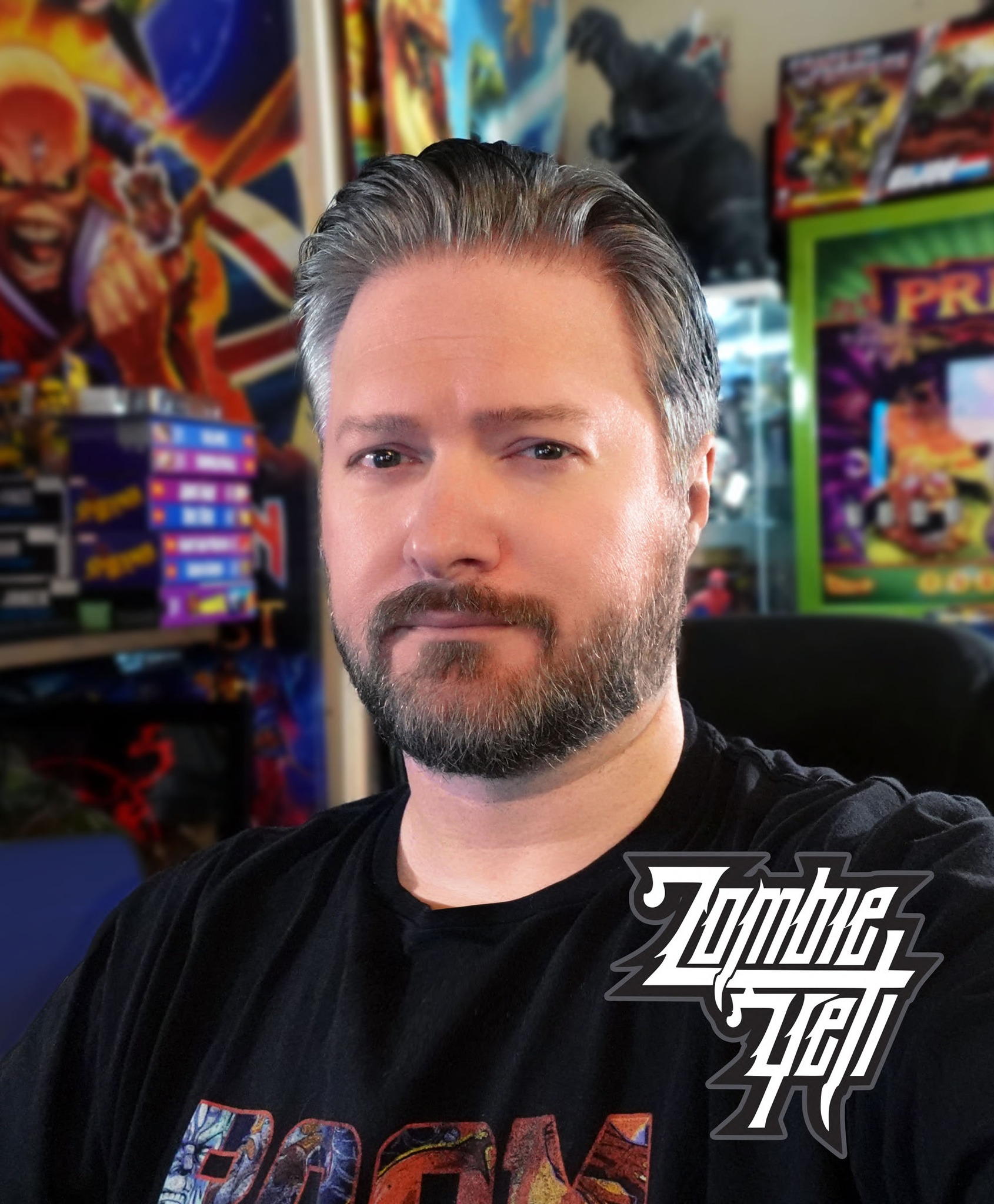
Jeremy “Zombie Yeti” Packer, an Indiana native, never expected to work in pinball.
He went from studying design in Ohio to creating gig posters and building an online following under his undead alias. By 2011, he was creating his first pinball art for a zombie-themed machine and never looked back.
Today, Packer is a legend in the pinball world. The 40+ machines under his belt include some of the internet’s top-ranked games of all time, like Godzilla, Deadpool, and Foo Fighters.
Creating pinball art requires fast deadlines and intense collaboration. Artists often have just a few months—or even weeks—to deliver full cabinet, playfield, and backglass designs, working alongside mechanical engineers, electricians, and game designers.
Packer says it’s high-pressure, but high-reward.
“I love the fact that it’s so many pieces coming together to make one thing. It becomes something more than the sum of its parts,” says Packer.
He’s now the art director at Chicago’s Stern Pinball, the oldest and largest designer and manufacturer of pinball games.
In his new role, he’s focused on opening doors for other artists.
“My goal is to allow artists that maybe didn’t know they would be good at this, have the opportunity and hopefully excel at it,” he says.
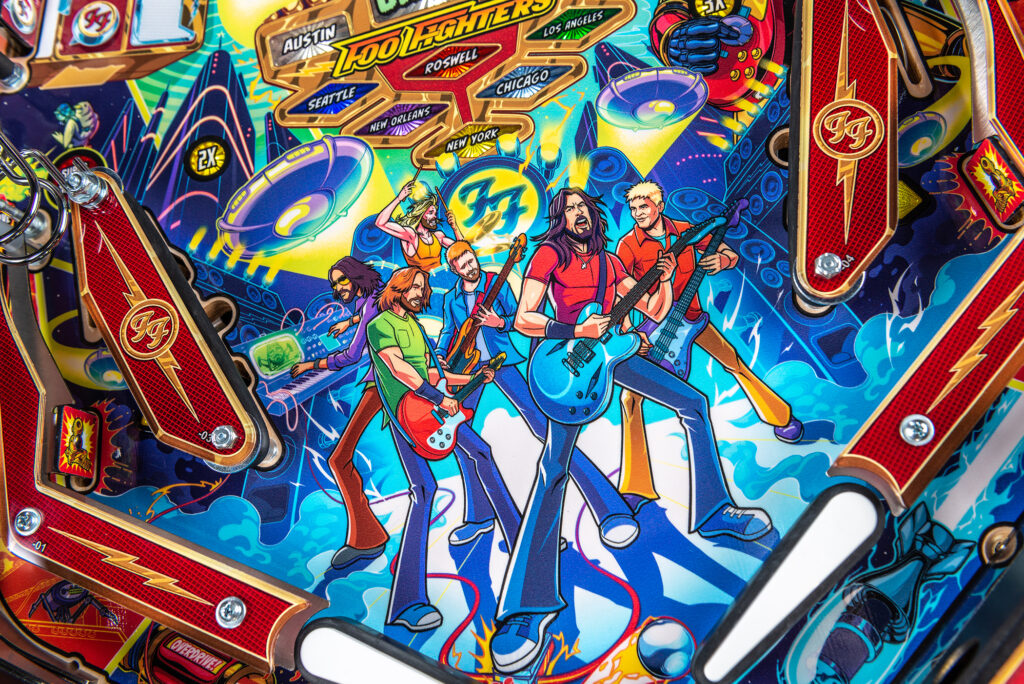
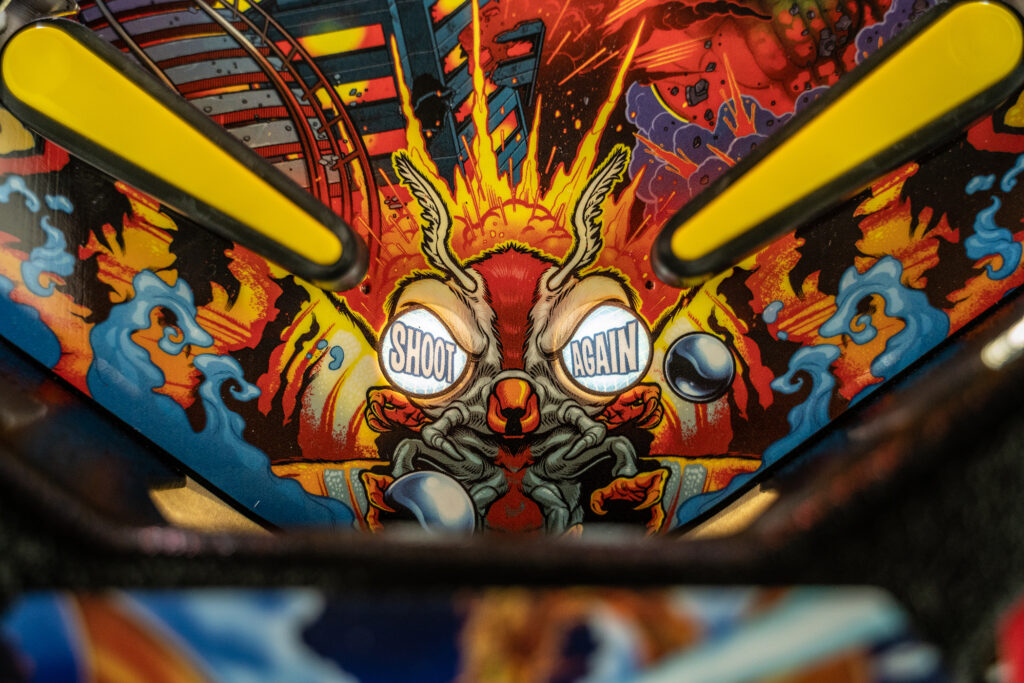
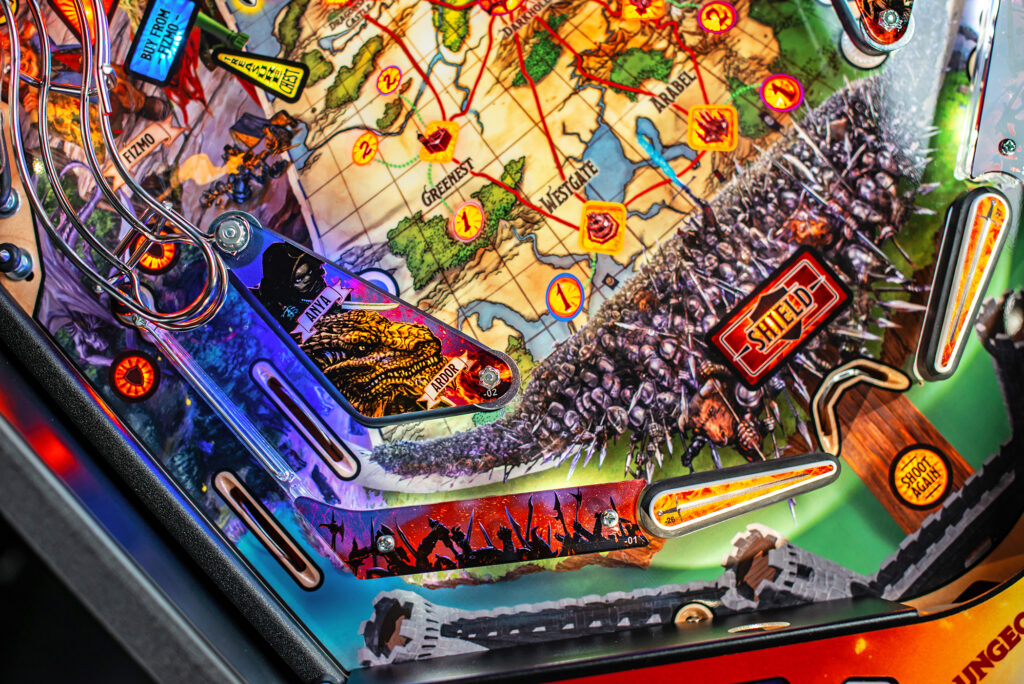
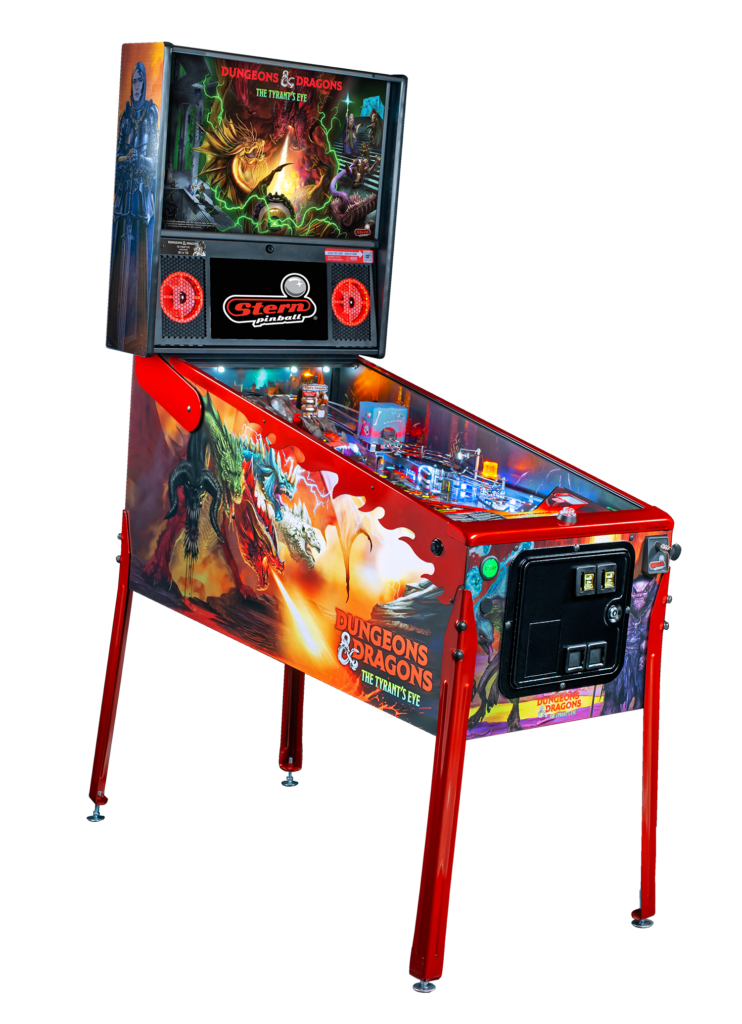
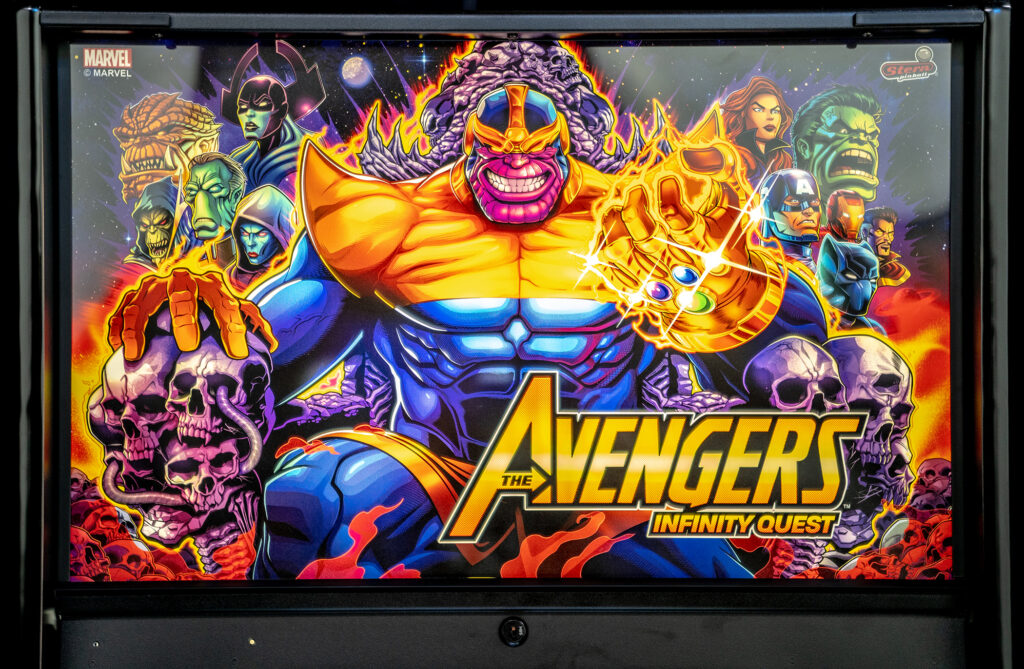
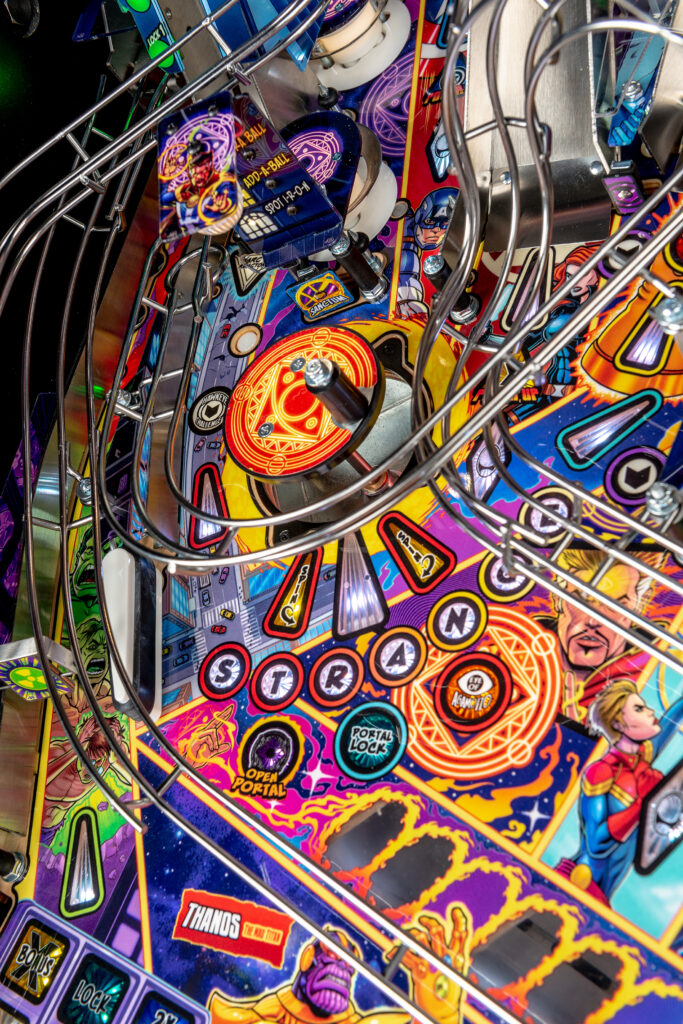
Playable, Tactile Art
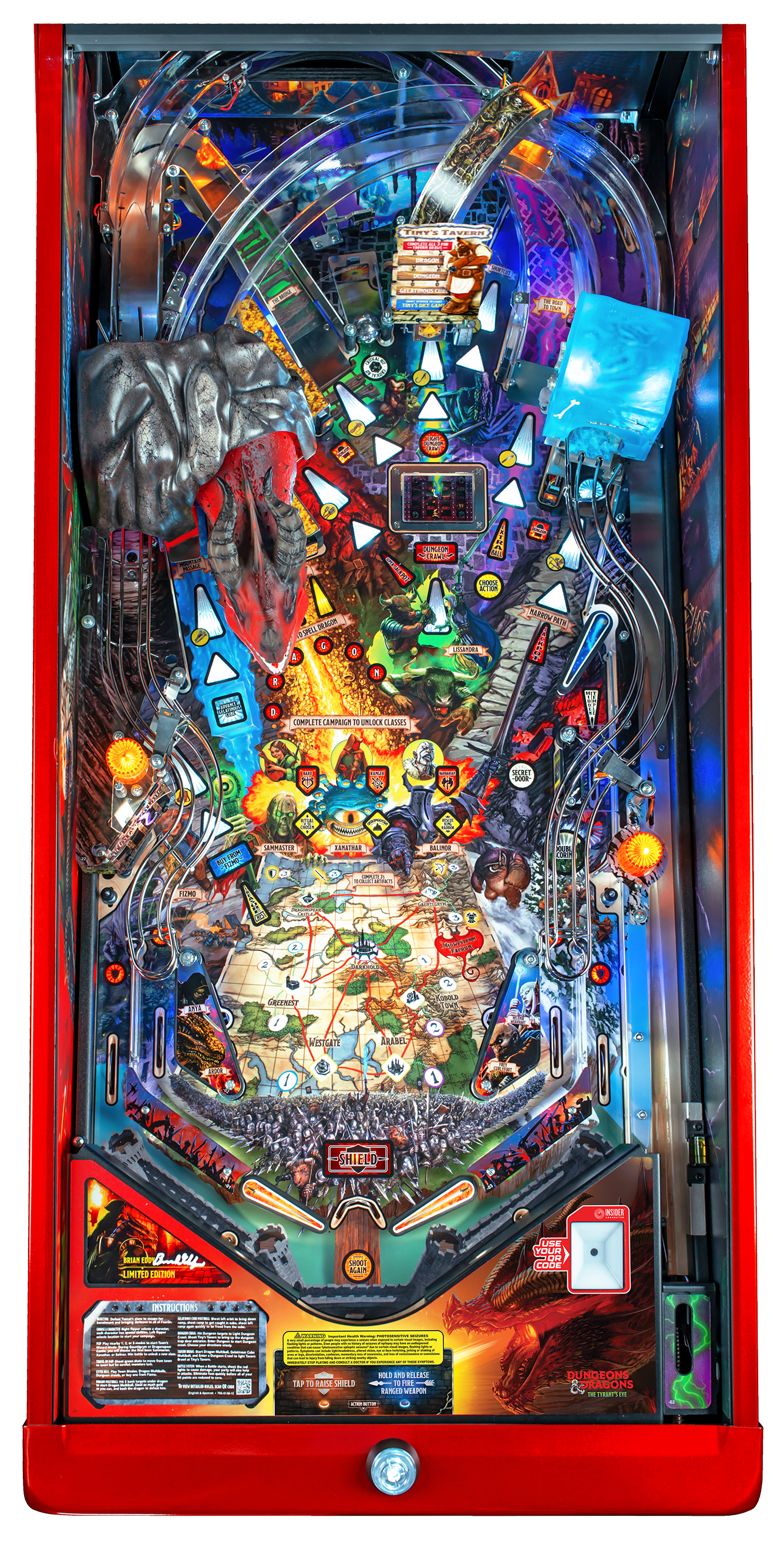
Chicago illustrator Vincent Proce is one such artist.
Known for his work in animation, concept art, and creature design, he recently illustrated his first machine for Stern: Dungeons & Dragons: The Tyrant’s Eye.
He was fascinated by the process and how his illustration impacted gameplay.
“In a pinball machine, the art is kind of meant as a distraction, something to draw you in and draw your eye away from where the ball is,” he explains.
Working on this project gave him a deeper appreciation for pinball’s tactile nature.
“If you’ve ever seen the inside of a pinball machine factory, there are human beings screwing those screws in and attaching those wires… it is the most glorious, beautiful thing to see in 2025,” he says.
In a world increasingly shaped by automation, pinball is having a renaissance. Pinball bars are popping up across the Midwest. Local leagues are growing. Collectors are buying more machines than ever.
And Proce thinks that art has a lot to do with pinball’s comeback.
“Art in general is being mechanized now. It’s being threatened in so many ways. But pinball is all hand-drawn stuff. It’s not generated by anything,” Proce says. “Pinball really appreciates the artist, and the fans appreciate it too.”
And as long as the ball’s still in play, these artists are making sure pinball remains a visual thrill.
